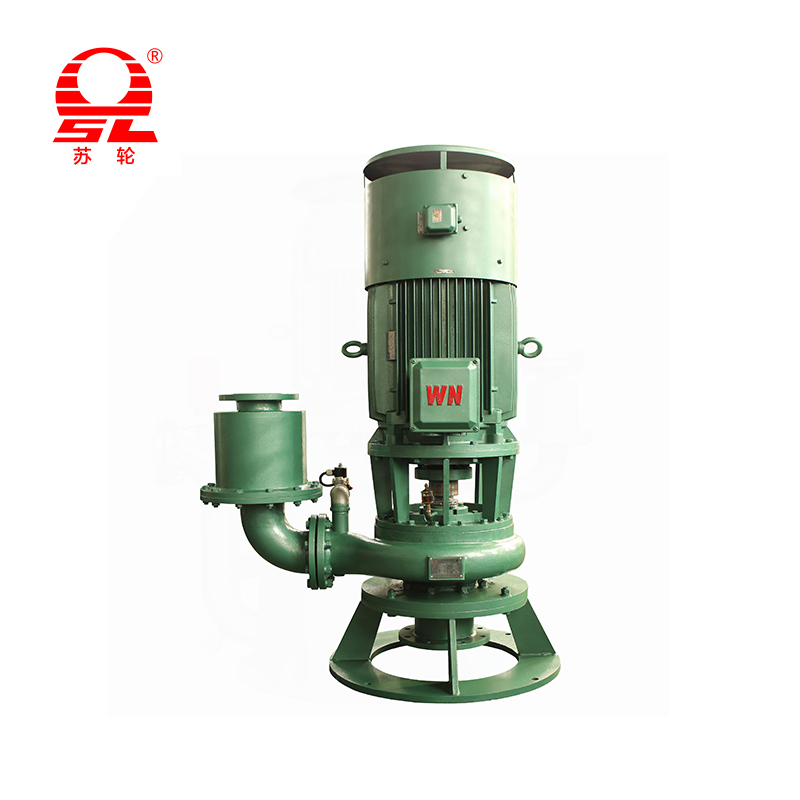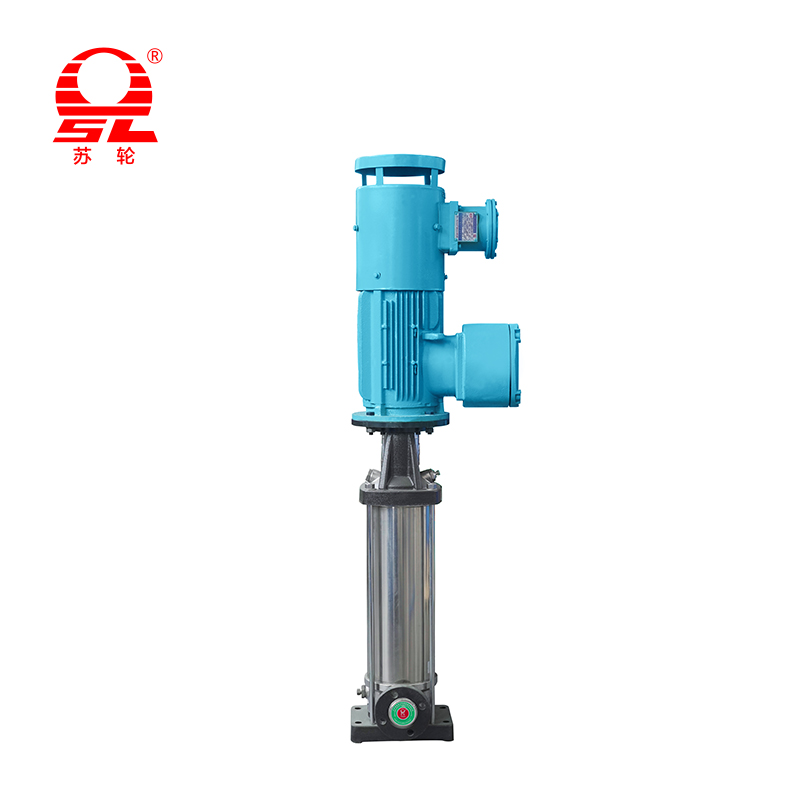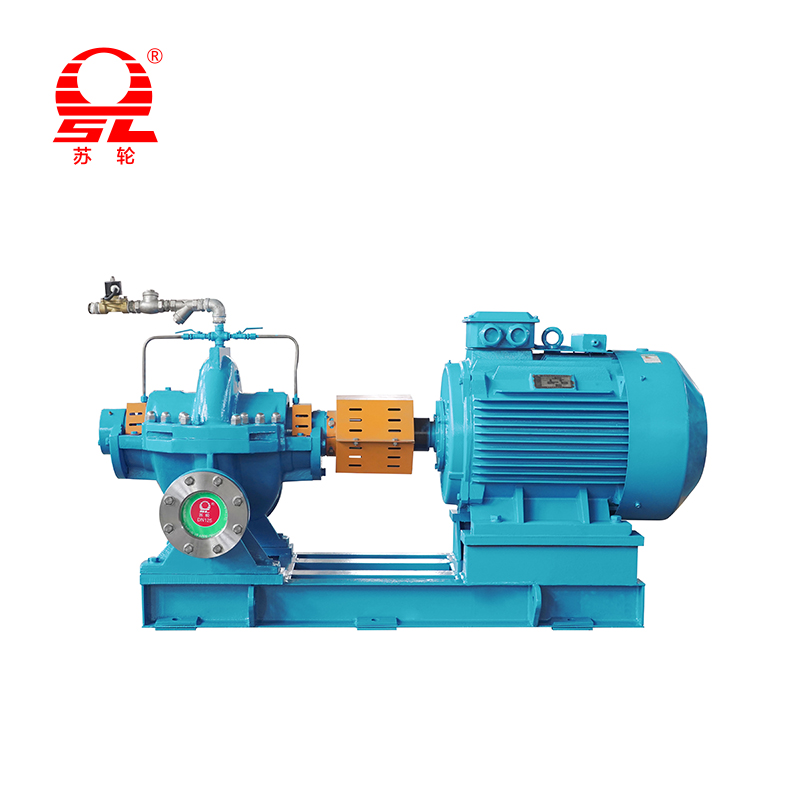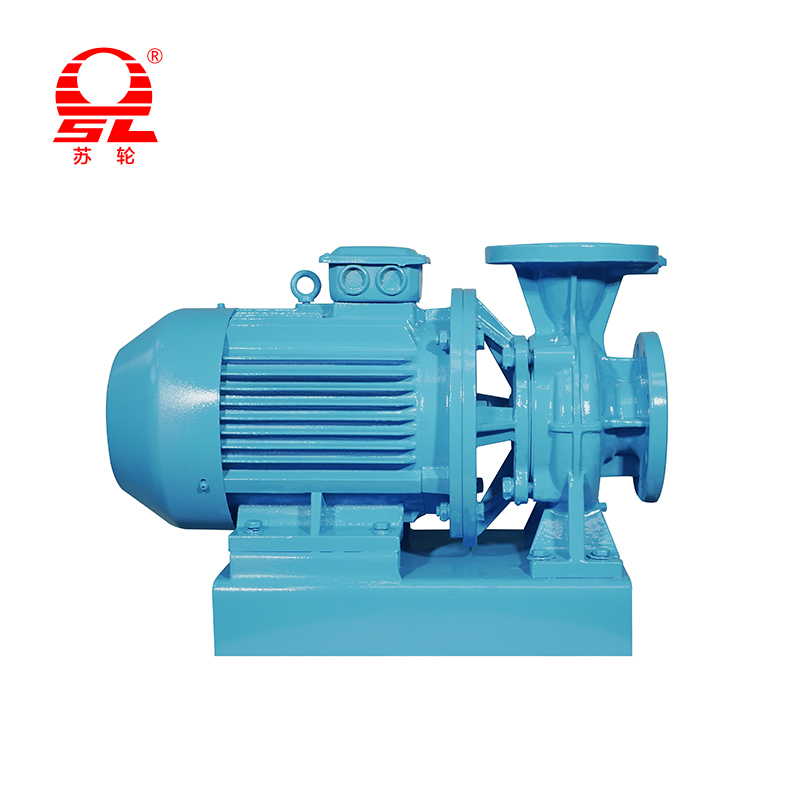What should be paid attention to when the horizontal centrifugal pump is reactivated after a long period of time
 2025.08.05
2025.08.05
 Industry News
Industry News
Overview of the reasons for the suspension of horizontal centrifugal pump
Horizontal centrifugal pumps may be shut down for a long time due to maintenance, seasonal shutdown, equipment modification or backup system switching. If not properly stored during shutdown, problems such as rust, scale, seal aging may occur inside the pump body. Before re-activate, comprehensive inspection and standardized operations are required to ensure the safe, stable and efficient operation of the equipment.
Appearance and basic inspection
Check the appearance of the pump body for abnormal phenomena such as cracks, rust, oil stain accumulation. Observe whether the pump housing, coupling, and bracket are loose, displaced or tilted. Confirm that the pump body base is firmly connected to the foundation bolts and whether there is settlement, cracking or rust.
Check whether the coupling cover is intact and the protection device is complete. Confirm that the pump nameplate parameters match the on-site operating conditions and check whether there are unprocessed faults in the operation record.
Pipeline system inspection
Check whether the inlet and outlet pipelines are unobstructed and there is no blockage, scaling or foreign matter residues. Confirm whether the check valve, gate valve or electric valve is flexible. Perform leakage detection on the flange connection area to confirm that the sealing gasket is not aging.
Check whether the pipeline support is intact to ensure that there is no stress concentration or displacement caused by vibration during operation. Confirm that the auxiliary pipelines such as exhaust valves, vent valves, flush valves are in normal condition.
Rotor system detection
Manually drive several times to ensure that the rotor is flexible and free of jamming and abnormal resistance. Check the bearing for rust, bite or poor lubrication. Remove the bearings if necessary for cleaning, replacement or filling grease.
Check the pump shaft to bend and coaxial, and re-center with a laser centering meter or dial gauge if necessary. Make sure that the coupling clearance meets the specifications and that the bolts are tightened without loosening.
Impeller and seal inspection
Open the maintenance port or remove the upper cover of the pump body to check whether there are cracks, deformation, rust or foreign objects to be blocked. Check whether the gap between the impeller and the pump housing is uniform, and repair or replace it if necessary.
Check whether the mechanical seal is aging, dry and cracked, or leaked. If the graphite ring is damaged, the spring is loose or the dynamic and static ring is ineffective, the sealing assembly should be replaced in time. For packing sealing pumps, new packing should be replaced and moderate prepressing should be performed.
Lubrication and cooling system inspection
Check the oil cup, oil tank, oil level gauge to ensure sufficient lubricating oil and good quality. If the oil becomes black, emulsified or impurities are mixed, it must be replaced thoroughly. Check that the filters in the lubrication system are clean.
For pumps with cooling water jackets, check whether the cooling water pipeline is unobstructed, the connection is firm, and whether the water pressure is normal. If there is a risk of idle rotation, water injection or an anti-iron rotation protection device must be installed in advance.
Motor and control system inspection
Check the motor insulation resistance and use a megohmmeter to test the winding resistance to ground to ensure compliance with electrical specifications. Observe that the cable is not aging, damaged, loose joints, etc. Make sure the power phase sequence is correct.
Check whether the terminals of the control cabinet are firm and whether the protection device is sensitive. Test whether the in-site/remote switching function, start and stop button, and emergency stop switch are normal. Check the status of auxiliary equipment such as temperature, vibration, pressure sensors, etc.
Preparation before the initial start
First fill the pump with liquid through the exhaust valve to remove air and avoid cavitation during startup. After the manual disc pump confirms that there is no jam, jog the motor for a short time to observe whether the pump steering is correct. Pay attention to whether there is any abnormal friction or impact during jog.
Make sure the outlet valve is closed and the inlet valve is fully opened. Make sure the pump chamber is filled with liquid before starting. Set reasonable starting parameters, such as soft start time, current limit value, etc., to avoid overloading of the motor.
Start-up and operation monitoring
After the official start-up, slowly open the outlet valve and observe whether the values of the pressure gauge, flow meter, and power gauge are normal. Pay attention to whether the pump body vibration is within the specification range, whether there is abnormal noise or water leakage.
Monitor bearing temperature, seal area leakage, and motor current change trend. After running for 15 to 30 minutes, check again whether the pump housing temperature rises and anchor bolts are loose. Ensure the equipment continues to operate under steady state operating conditions.
Suggestions and follow-up maintenance
Create detailed enable records to record various detection parameters and initial operation status. Schedule the next maintenance cycle according to the operating time, with special attention to the working status of the bearings, seals and lubrication systems.
It is recommended to conduct manual insulating inspections between the car and the motor every month during long-term shutdowns, and to properly turn on and heat it to prevent moisture. After re-enablement, all system components need to be reviewed within 48 hours to ensure the long-term and stable operation of the equipment.

+86-0523- 84351 090 /+86-180 0142 8659

 English
English русский
русский عربى
عربى bahasa Indonesia
bahasa Indonesia










